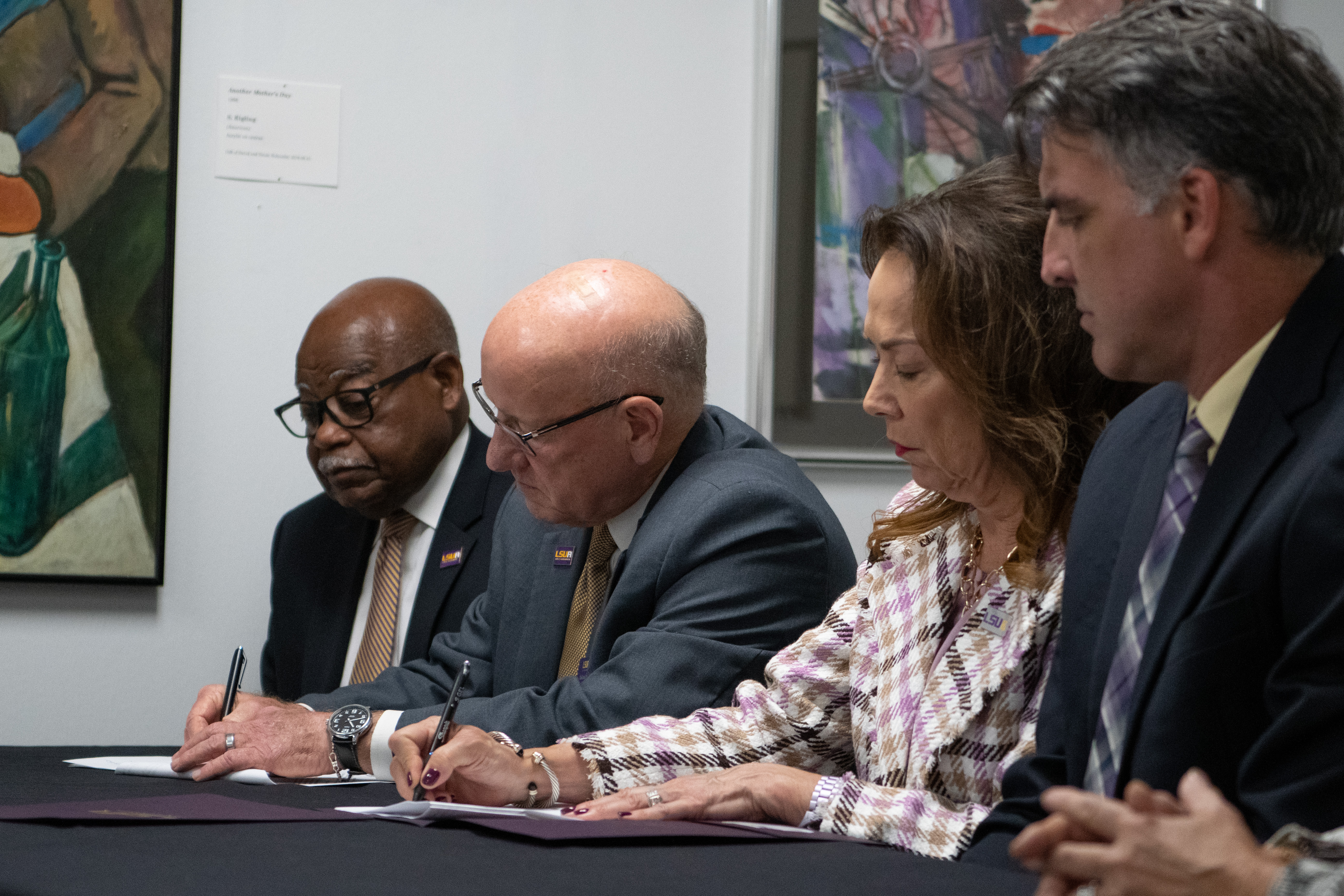Radiologic Technology
Radiologic Technology
Radiologic technologists take images of all parts of the human body for use in diagnosing medical problems. They prepare patients for radiologic examinations, positioning patients so that the correct parts of the body can be imaged. The technologist also provides radiation protection for unexposed areas.
After taking the necessary precautions, the technologist positions the radiation equipment at the correct angle and height and sets the controls on the machine to produce images of the appropriate density, detail, and contrast. Afterward, the technologist evaluates the images produced. Technologists also assist physicians in conducting fluoroscopic examinations during which a patient's internal organs are viewed on a monitor.
Program Effectiveness Data
Please review the latest Program Effectiveness Data here.
Radiologic Technology Program Application
The Radiologic Technology Appication is currently not available.
Academic Area
Health Sciences
Health Technology Building 104
337-550-1275
About the Associate of Science in Radiologic Technology
Mission and Vision
Mission
The LSU Eunice Radiologic Technology Program is committed to providing a qualitative, comprehensive, and diverse education that enables students to become entry-level radiographers.
Vision
The Radiologic Technology program faculty members are committed in providing students with the highest quality of education with the most efficient use of university resources. The program provides students with the opportunity to develop the skills necessary to become knowledgeable and competent in the field of radiography. The faculty provides guidance and feedback throughout the two-year enrollment to enhance the educational experience for the students. This enables the students to develop, mature, and reach their potential as radiographers.
Degree Requirements - 92 Total Required Credits
For additional detailed information on coursework, please visit the Academic Catalog Curriculum.
Goal 1: Students will be clinically competent
Student Learning Outcomes:
-
Students will apply positioning skills.
-
Students will select technical factors.
-
Students will employ radiation protection.
Goal 2: Students will demonstrate communication skills
Student Learning Outcomes:
-
Students will demonstrate written communication skills.
-
Students will demonstrate oral communication skills.
Goal 3: Students will demonstrate critical thinking skills
Student Learning Outcomes:
-
Students will adapt to non-routine patients.
-
Students will evaluate images to determine diagnostic quality.
Goal 4: Students will demonstrate professionalism
Student Learning Outcomes:
-
Students will demonstrate professional conduct
-
Students will comprehend professional ethics.
Total Credits Required: 92
Major Courses
-
RADT 1001 - Patient Care and Education
-
RADT 1091 - Applied Imaging I
-
RADT 1011 - Imaging and Equipment
-
RADT 1021 - Imaging Procedures I
-
RADT 1092 - Applied Imaging II
-
RADT 1012 - Image Acquisition and Evaluation
-
RADT 1022 - Imaging Procedures II
-
RADT 1093 - Applied Imaging III
-
RADT 2091 - Applied Imaging IV
-
RADT 2031 - Advanced Imaging Procedures
-
RADT 2033 - Radiobiology and Radiation Protection
-
RADT 2092 - Applied Imaging V
-
RADT 2036 - Radiographic Pathology
-
RADT 2038 - Registry Review
-
RADT 2093 - Applied Imaging VI
-
ENGL 1002 (CENL 1023) - English Composition
-
General Education mathematics course above the level of college algebra
-
General Education Fine Arts Elective
-
General Education Humanities Elective
-
ALLH 1013 - Medical Terminology
-
BIOL 1160 - Human Anatomy
-
BIOL 1161 - Human Anatomy Laboratory
-
BIOL 2160 - Human Physiology
-
BIOL 2161 - Human Physiology Laboratory
-
RADT 1000 - Introduction to Radiologic Technology
-
PSYC 2070 - Developmental Psychology of the Life Span
-
ENGL 1001 - English Composition
-
MATH 1015 (CMAT 1203) - Applied College Algebra
OR
MATH 1020 (CMAT 1213) - College Algebra
OR
MATH 1021 (CMAT 1213) - College Algebra
-
PHYS 1001 (CPHY 1013) - Principles of Physics
OR
PHYS 2001 (CPHY 2113) - General Physics
Job Market Outlook
Use this employment data from across the country to help inform your decision making. The default location is Louisiana, but adjust the location as you like.




